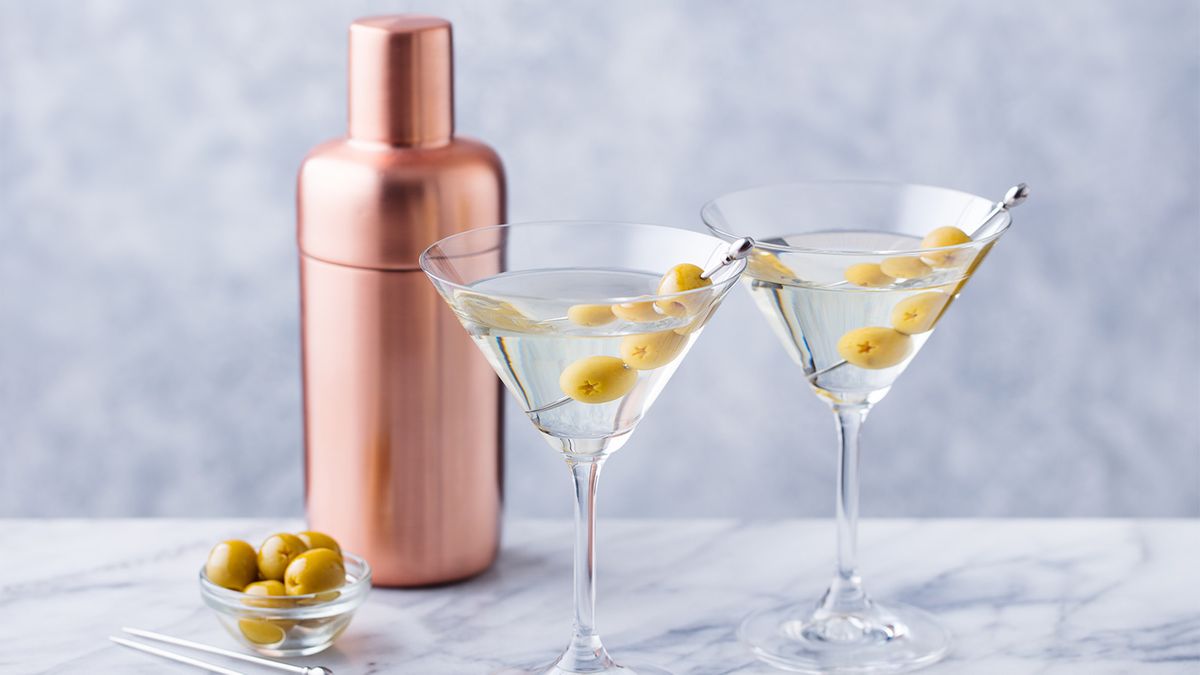It’s been a little over five years since the first Indian craft gin, Greater Than, hit the market triggering a gin revolution in the country and paving the way for a range of local brands to hit the market.
The new-found focus on the white spirit is evident everywhere—from dedicated gin festivals to mixologists experimenting with gin cocktails and a range of delicately flavoured tonic waters flooding the market. Enthusiastic entrepreneurs are making their product stand apart from international players by adding unique, Indian touches and experiential consumers are driving the market to new heights.

Greater Than gin was launched by NAO Spirits & Beverages in 2017. This was closely followed by the launch of Stranger & Sons in 2018. Now there is a wide choice of more than 15 locally produced gins, with most of them being distilled in Goa. “Exciting times lie ahead,” says Yangdup Lama, Co-founder of the award-winning Delhi-based bar Sidecar. “Gin’s popularity in India is on the rise and with so many new brands, the category is only going to grow. The good thing is that more passionate players are getting into this industry and hence the growth will be meaningful.”
According to a report by Coherent Market Insights, the Indian gin market is projected to reach around US$ 413 million by the end of 2027.
Use of local ingredients
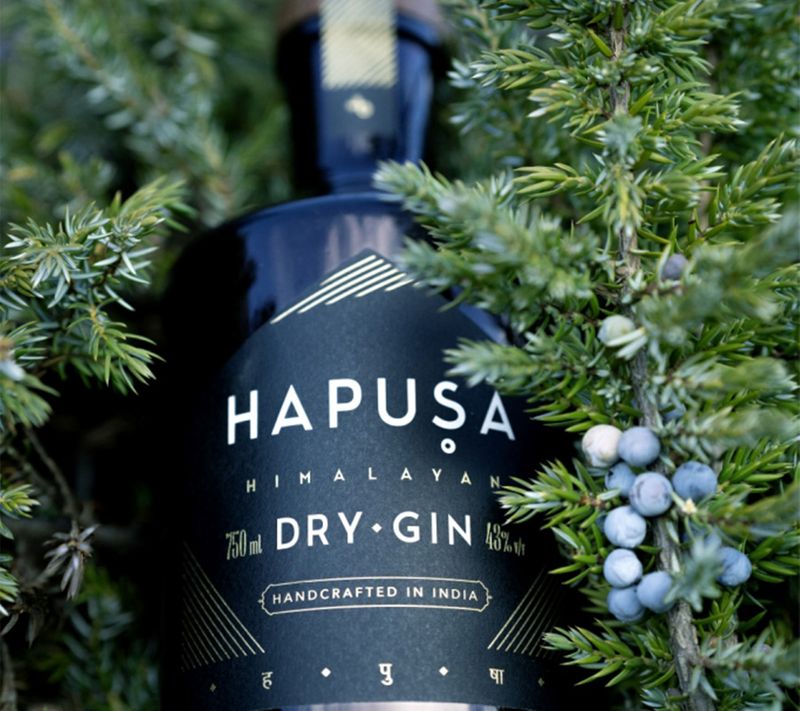
The USP of Indian craft gins is the generous use of local botanicals and ingredients that are readily available in the country. Hapusa gin is made from Himalayan juniper, it followed the discovery that a juniper in these mountains could be used to make gin. In fact, the name Hapusa itself means juniper in Sanskrit. Similarly, Pumori, a small batch gin from the Goa-based Fullarton Distilleries is named after the peak from where the company sources the juniper—Mount Pumori in Nepal. Made with 12 botanicals, the spicy and citrusy gin is produced in batches of 200 litres.
“Since these craft gins are made in small batches it gives brands an opportunity to use more regional botanicals, resulting in interesting flavours,” says Vidhi Puri, Founder of The Cocktail Story, India’s first cocktail community. Varying from tulsi, turmeric, tea leaves, cashew nuts to even hemp, some of the ingredients distilled into the Indian gins are classics that you may find in your kitchen, while some are unusual. For example, the latest gin to come from Goa, Satiwa, uses organic hemp from Uttarakhand as its main ingredient. Don’t mistake this for cannabis, all the seeds do is add a distinct flavour.
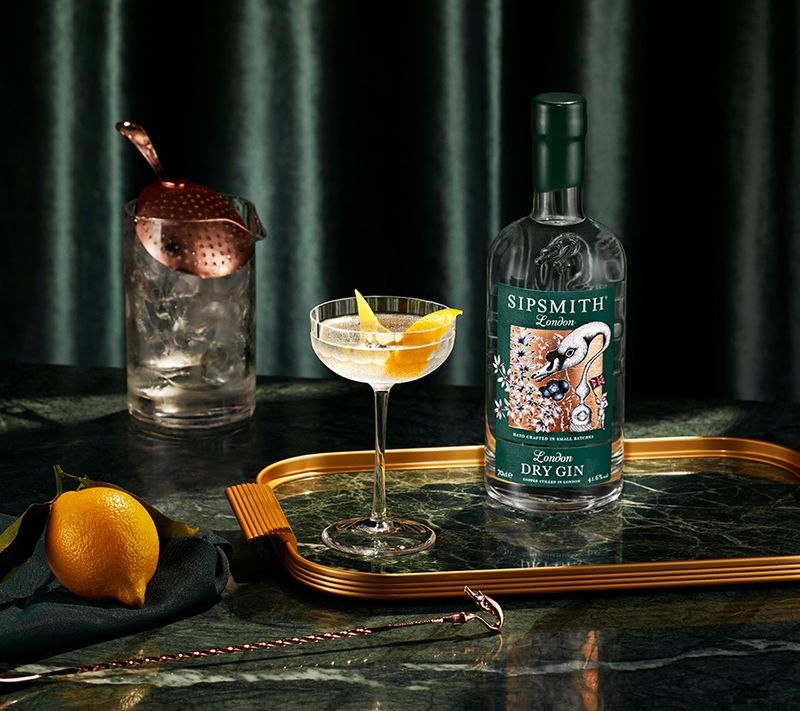
Limited edition and small batch gins
The choice isn’t limited to just gins. Discerning consumers who are willing to attend gin masterclasses are making a beeline for limited edition flavours that range from coffee infused gins to those with a dash of extra juniper. “Experimentation is key when it comes to being a craft distiller and we’re constantly doing just that. It is what separates us from the mass-produced spirits prevalent in the industry,” says Anand Virmani, Co-founder of NAO Spirits & Beverages. “We are going to launch more limited-edition gins in the coming months.”
The first one they offered was Greater Than Juniper Bomb, which was an accidental by-product of a power failure that left the botanicals soaking for 34 hours instead of the regular 10, resulting in a stronger-flavoured gin. They have also tied up with Sleepy Owl for a coffee flavoured No Sleep Gin.
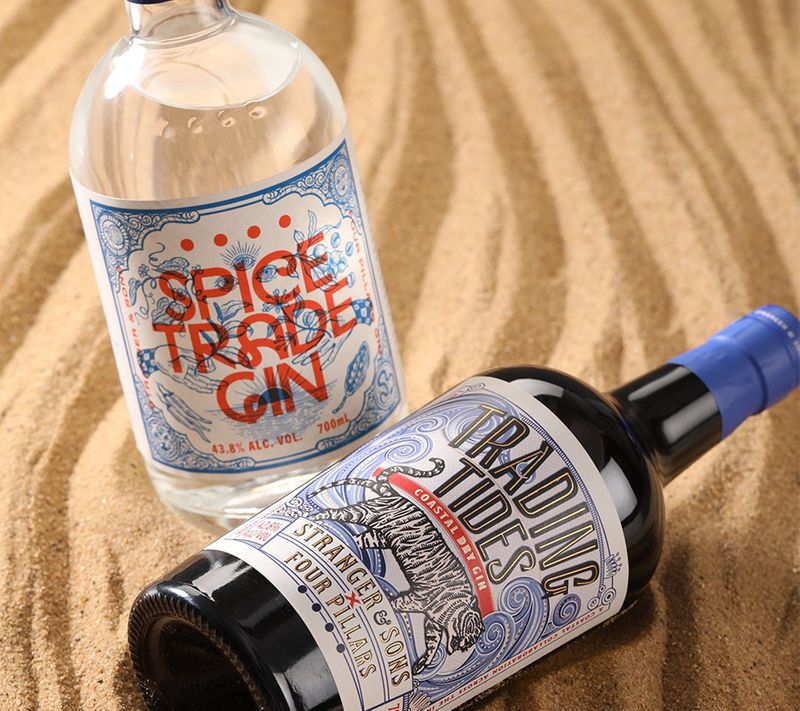
The buzzing Indian market is also attracting international players. Third Eye Distillery has tied up with Four Pillars Distillery in Australia to bring two new gins here - Spice Trade Gin and Trading Tides. “They will combine the best of Australia and India in a bottle,” according to Sakshi Saigal, Director & Co-founder of Third Eye Distillery.
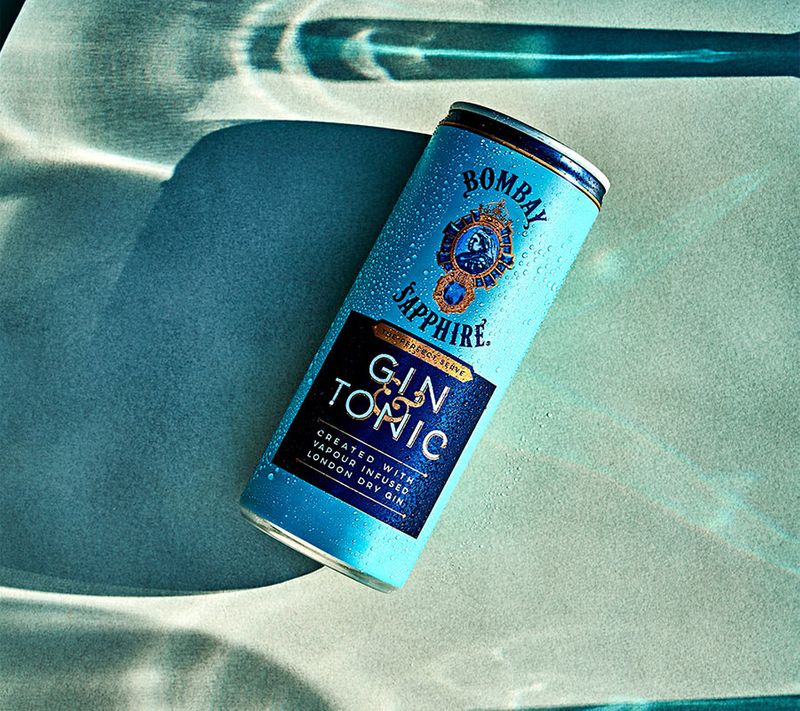
While Bombay Sapphire introduced their ready to drink G&T cans in January this year, Beam Suntory has launched London’s Sipsmith in India which will now be available in Delhi, Gurgaon, Mumbai, Pune and Bengaluru. The industry is oozing with optimism. “Market opportunities for gin have grown significantly over the last few years, and consumer’s need for variety in this segment isn’t satiated yet,” says Ruchika Gupta, Marketing Director of Beam Suntory India.
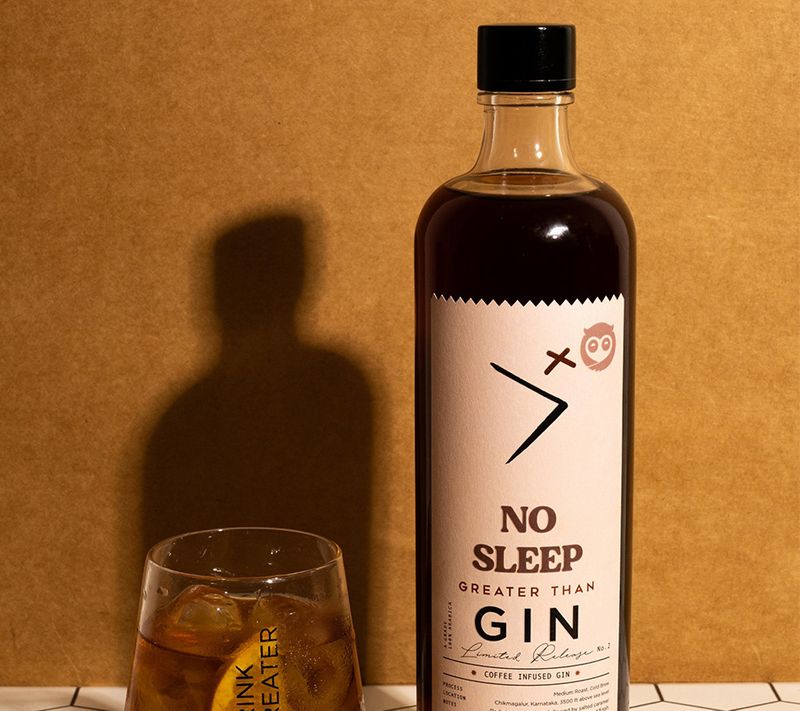
Global recognition and funding
Indian gins are not just shaking the market at home – some of them have made their debut overseas. They are also raking in global awards and recognition. Nao Spirits is available in 14 countries including U.K. USA and Italy while one can also pick up Stranger & Sons in UK, Singapore, Thailand, Taiwan, New Zealand and the UAE.
Investors too are showing interest in the fledgling craft gin industry, demonstrating that it is going places and means serious business. Diageo India announced in March that it will acquire a minority 22.5 per cent stake in Nao Spirits for Rs 31.5 crores.
Indian gin offerings may not yet be as varied as in countries such as Spain and UK where there are hundreds of gins to choose from, but the gin revolution is on and the momentum is only going to get stronger.


